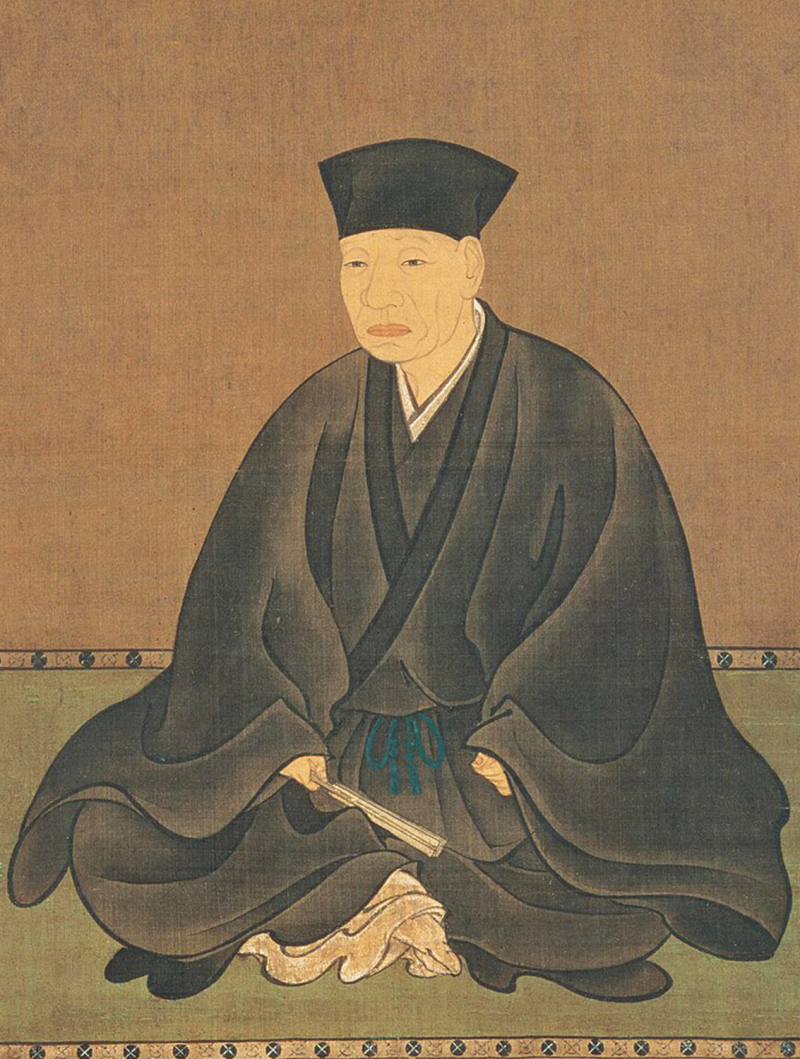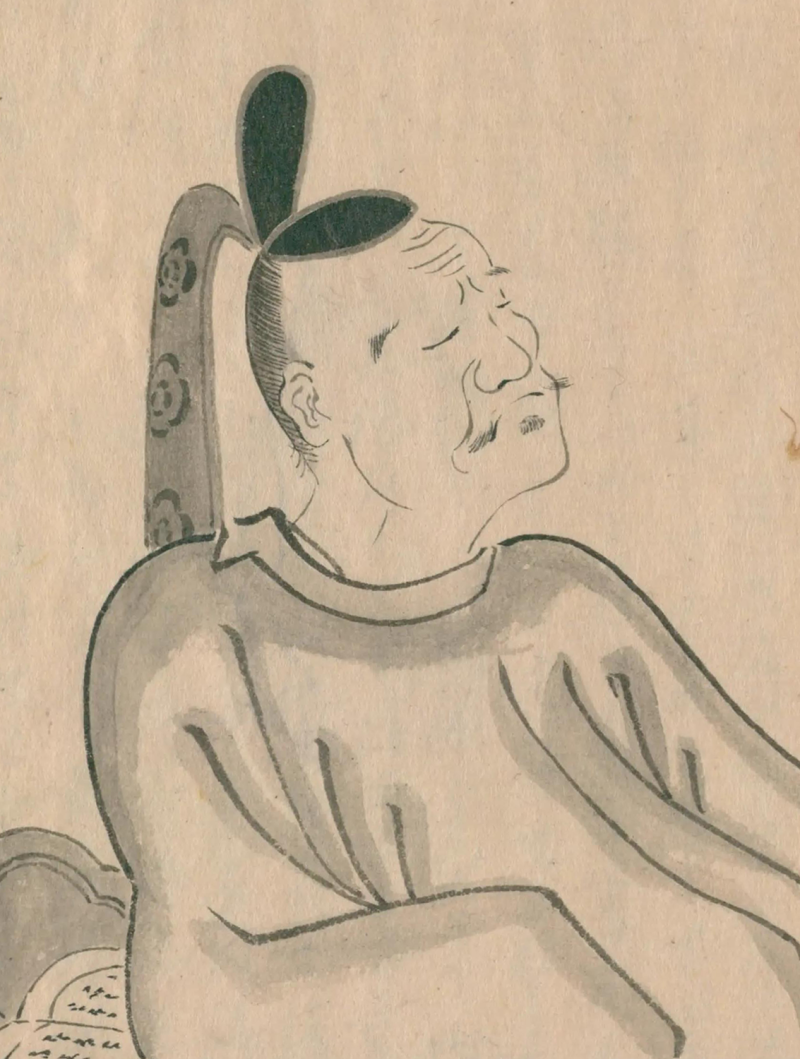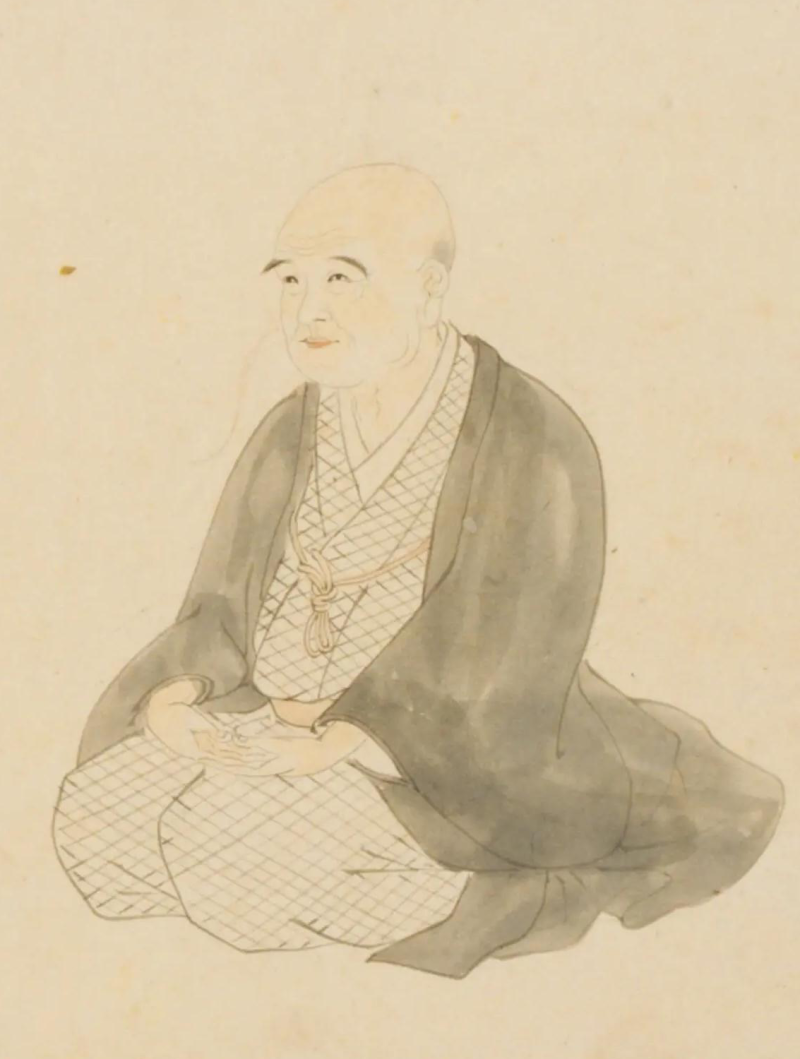
Historical Figures Associated with Chanoyu
千利休
Sen no Rikyū (1522–1591)

Born into a wealthy merchant family in Sakai, the city that benefited most from the late medieval trade with China, Rikyū studied tea as a young man with Takeno Jōō, studied Zen Buddhism at Daitokuji Temple in Kyoto, and gained fame and respect for his aesthetic sensibilities, style, diplomacy, and philosophy. He worked as a tea master for Oda Nobunaga and then Toyotomi Hideyoshi, becoming one of the warlord's most trusted civilian lieutenants. Hideyoshi ordered him to commit seppuku after a falling out between them. His tradition of tea was revived by his grandson Sen no Sōtan, whose three sons established the three Sen schools: Omotesenke, Urasenke, and Mushakōjisenke. Other tea masters in the 17th century also claimed to be protectors of Rikyū's tea spirit. His reinvention in the Rikyū revival of the late 17th-century transformed him into one of Japan's most revered and mythologized creative individuals.
武野紹鴎
Takeno Jōō (1502–1555)

Son of an influential Sakai merchant who sent Jōō to Kyoto, where he studied poetry, tea, and Zen Buddhism. He is credited with developing the precepts of rustic tea. Two canonical tea texts are attributed to him, but their provenance is unclear.
古田織部
Furuta Oribe (1544–1615)
A warlord who served Toyotomi Hideyoshi and then Tokugawa Ieyasu, though his primary passion was chanoyu. He is counted as one of the disciples of Rikyū, and he taught tea to Tokugawa Hidetada (Ieyasu's son and heir) as well as Kobori Enshū, who would become the most influential warrior tea master of the period. Oribe's name is best known today for his influence on the Seto/Mino ceramic tradition, where a vibrant and iconoclastic style of tea ceramics became known, after his death in 1615, as Oribe ware.
村田珠光
Murata Shukō or Jukō (1423–1502)
Credited with being the father of chanoyu, no reliable documentation exists to confirm the story of his biography. It is claimed that he learned tea from advisors to the Ashikaga Shoguns, who had developed procedures and rituals for displaying Chinese artworks during warrior ceremonies in the Ashikaga palaces. It is also claimed that he studied Zen Buddhism with the eccentric and influential master Ikkyū (1394–1481). Ostensibly he developed the concept of the four and a half mat tatami room for chanoyu.
山上宗二
Yamanoue Sōji (1544–1590)
A merchant from Sakai who trained in chanoyu under Rikyū and became one of the most significant chroniclers of both Rikyū's activities and the changes in the world of chanoyu at that time. His account, Yamanoue no Sōji ki, is a deeply insightful text that has shaped our perception of one of the most transformative eras in the history of tea.
小堀遠州
Kobori Enshū (1579–1647)

A warrior tea master whose descendants founded two schools of tea: Enshū-ryū and Kobori Enshū-ryū.
千宗旦
Sen Sōtan (1578–1658)

The grandson of Sen no Rikyū, his three sons formed the three Sen family schools (sansenke): Omotesenke, Urasenke, and Mushakōjisenke.
井伊直弼
Ii Naosuke (1815–1860)

A warlord tea master who is thought to have developed the concept "one time, one meeting" (ichigo ichie). He also wrote about his tea philosophy and is known to have instructed the women of his household in chanoyu and included them in tea gatherings.